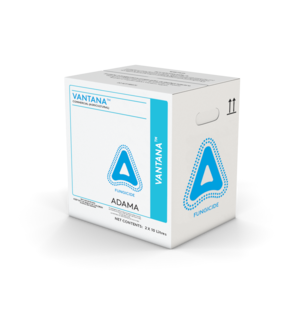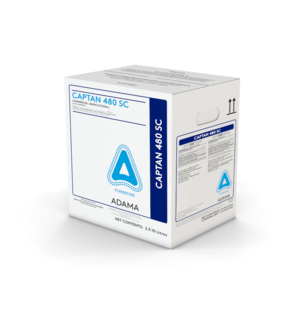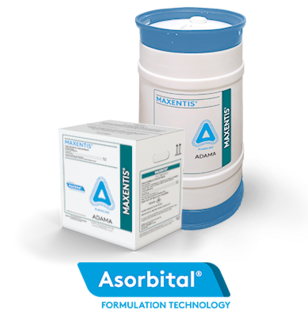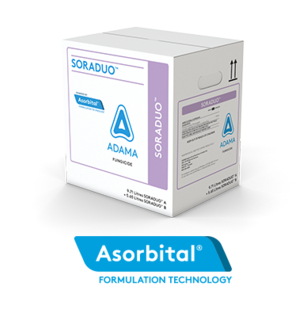TOPNOTCH™
Broad-spectrum disease control in multiple crops including cereals, field peas, edible beans and soybeans.
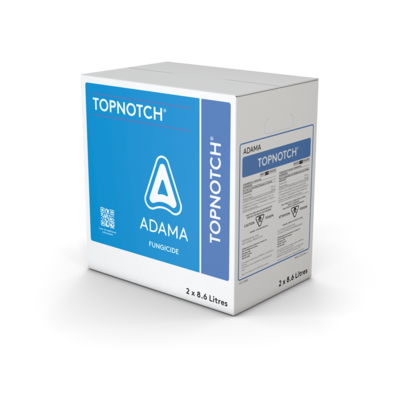
KEY BENEFITS
- Multiple modes of action for resistance management
- Curative and preventative systemic action
- Can be used on multiple crops, with exceptional crop safety
- Registered for both ground and aerial spraying
- Excellent crown rust control in oats
General Info
HOW IT WORKS
Used as both a curative and preventative fungicide, TOPNOTCH™ has broad‑spectrum, systemic and contact activity.
PACKAGING
- Case: 2 x 8.6 L jugs
APPLICATION RATE & ACRES TREATED
- Rate: 210 – 620 ml/ac
- Acres Treated: 14 – 40 ac/jug
WATER VOLUME
- Ground: 40 L/ac (10 US gal/ac)
- Aerial: 20 L/ac (5 US gal/ac)
RAINFASTNESS
- Avoid applying when heavy rainfall is in the forecast.
Key Crops and Application Rates
Barley
Disease: Barley net blotch, Barley scald, Septoria leaf spot, Stripe rust, Barley leaf rust, Tan spot
Timing: Apply once between stem elongation and half-head emergence (Growth stage 29 – 55).
Rate: 210 ml/ac
Always read and follow label directions.
Oats, Rye, Triticale, Wheat
Oats
Disease: Barley net blotch, Crown rust, Septoria leaf spot
Rate: 210 ml/ac
Rye
Disease: Septoria leaf spot, Barley scald, Tan spot
Rate: 210 ml/ac
Triticale
Disease: Septoria leaf spot, Tan spot
Rate: 210 ml/ac
Wheat
Disease: Septoria leaf spot, Tan spot, Stripe rust, Wheat leaf rust
Rate: 210 ml/ac
Application Timing: Apply once between stem elongation and half-head emergence (Growth stage 29 – 55).
Always read and follow label directions.
Beans, Field peas, Lentils, Soybeans
Disease: Mycosphaerella blight, Anthracnose
Rate: 310-620 ml/ac
Disease: Powdery mildew, White mould (suppression only)
Rate: 310 ml/ac
Application Timing: Make the first application at the first sign of disease.
Apply the high rate only under conditions of high disease pressures.
A second application 14 days later may be needed if conditions persist. Good spray coverage and canopy penetration are important for best results.
Always read and follow label directions.
